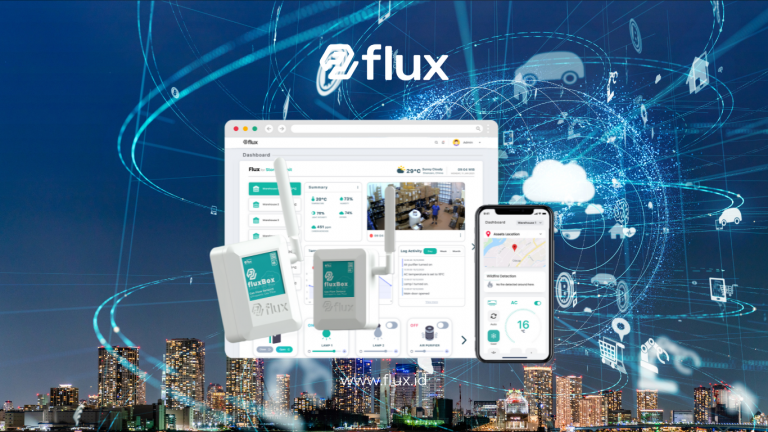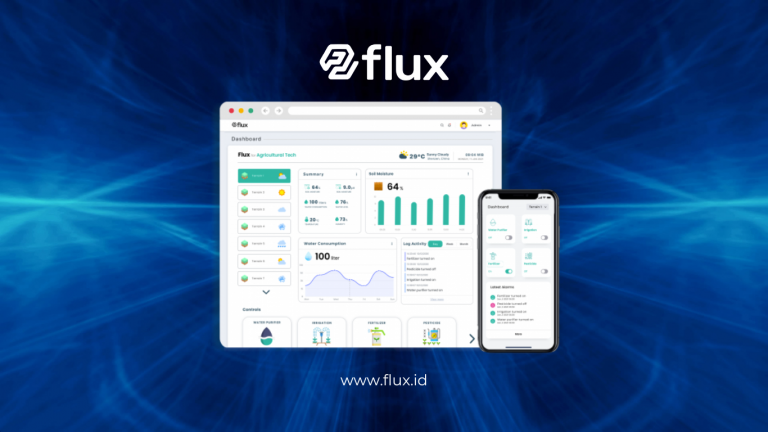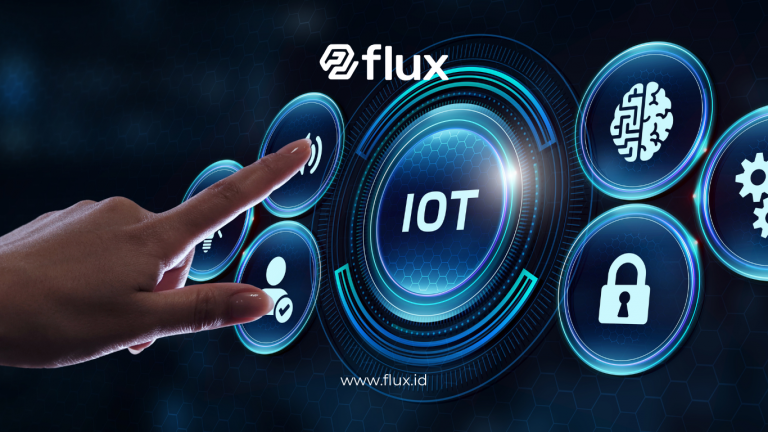Don't miss our holiday offer - 20% OFF!
Storms and strong winds pose significant threats, impacting millions of lives yearly. From property damage to economic disruptions and loss of life, the consequences are severe. IoT (Internet of Things) technology has emerged as a vital solution to mitigate risks and improve response times with real-time, data-driven early warning systems.
Contents
IoT: Bridging Technology and Nature
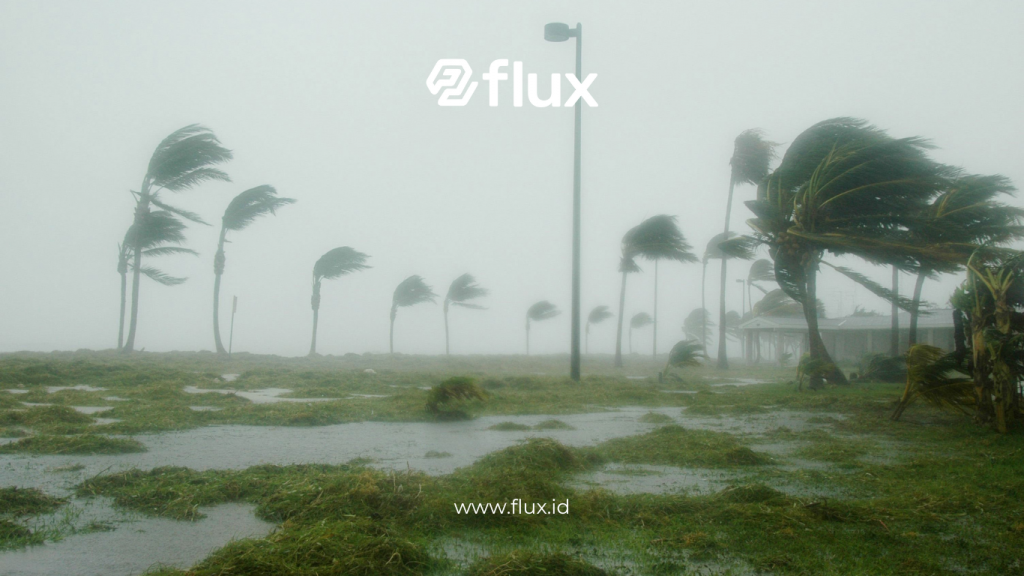
Read More: How Anemometer Sensors Work in Tropical Storms
1. What Is IoT Technology?
The Internet of Things (IoT) is a network of digitally connected devices capable of collecting, sharing, and processing data autonomously. In extreme weather scenarios, IoT enables the collection of environmental data, such as atmospheric pressure, humidity, and wind speed.
2. IoT’s Role in Early Warning Systems
IoT-based systems utilize sensors and smart devices to detect critical atmospheric changes. This information is transmitted to data centers for analysis, allowing authorities to issue timely warnings.
Key Components of IoT in Early Warning
1. Weather Sensors
IoT weather sensors include wind speed meters, barometers, and temperature gauges. These tools provide accurate weather predictions through continuous data collection.
2. Real-Time Communication Systems
IoT employs communication networks like 4G, 5G, or satellites to transmit weather data instantly, ensuring availability within seconds.
3. AI-Based Analytics
Artificial Intelligence (AI) processes data rapidly to predict storm location, intensity, and timing, enabling authorities to prepare accordingly.
Benefits of IoT for Early Warning
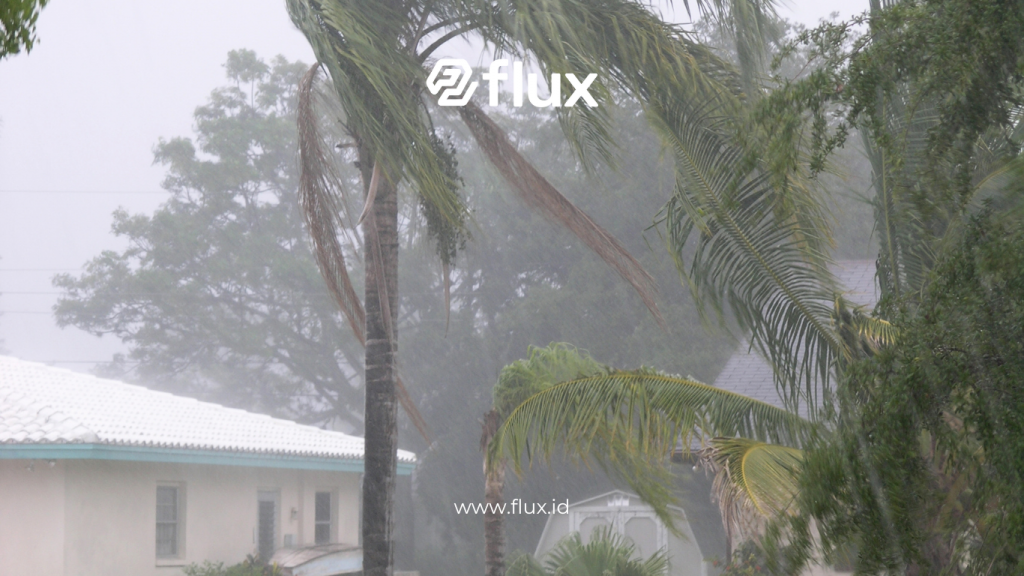
Read More: Early Tsunami Detection with IoT Sensors
1. Quick Response
IoT accelerates disaster response by delivering direct data to emergency responders, governments, and the public.
2. Loss Mitigation
Accurate information empowers people to safeguard assets, reducing economic losses caused by damage.
3. Saving Lives
IoT-based early warning systems allow for timely evacuations, minimizing the risk of casualties.
Challenges in IoT Implementation
1. Infrastructure
Remote areas often lack adequate communication infrastructure, such as internet or power grids.
2. Costs
Installing IoT sensors and devices requires significant initial investment, posing challenges for regions with limited budgets.
3. Data Security
Collected weather data must be protected from cyber threats to prevent misuse.
Case Studies: IoT Applications in Various Countries
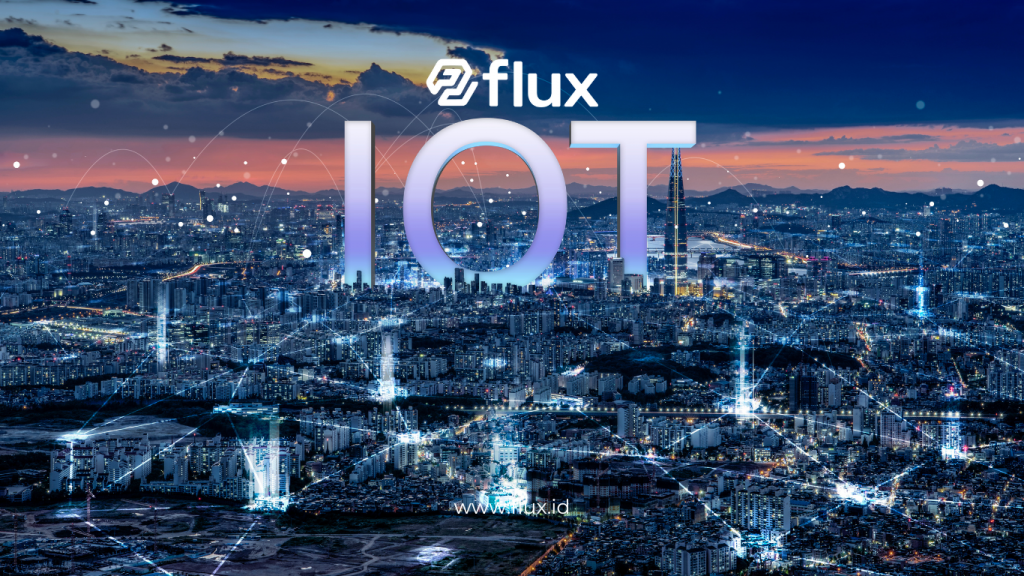
Read More: IoT Innovations in Storm Detection: Technology Solutions for Disaster Mitigation
1. Japan
Japan leverages IoT systems to monitor typhoons. Sensors along coastlines detect high waves and wind speeds.
2. United States
IoT technology is used to track tornadoes in high-risk regions like Tornado Alley, facilitating faster and more efficient evacuations.
3. Indonesia
As a country prone to extreme weather, Indonesia is adopting IoT technology to monitor tropical storms and high waves in coastal areas.
Conclusion
IoT technology offers an innovative and effective solution for addressing extreme weather challenges. By integrating sensors, real-time communication, and AI analytics, IoT-based early warning systems significantly reduce the adverse effects of storms and strong winds. Despite implementation challenges, the benefits—especially in saving lives and protecting assets—are unparalleled. Future collaboration among governments, tech industries, and communities will further enhance the effectiveness of these systems.



